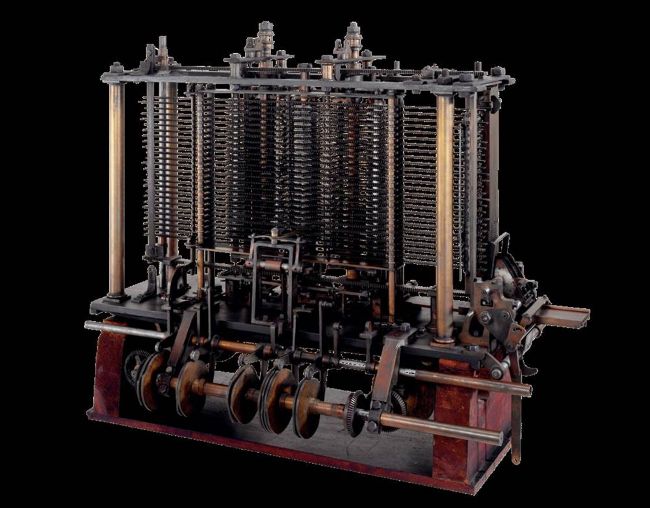HISTORY OF COMPUTING
A BRIEF TIMELINE OF THE EVENTS THAT CREATED THE DIGITAL WORLD WE LIVE IN TODAY
Written by Timothy Williamson

© Getty Images
The history of computers goes back over 200 years. At first theorised by mathematicians and entrepreneurs, during the 19th century mechanical calculating machines were designed and built to solve increasingly complex number-crunching challenges.
The advancement of technology enabled ever more-complex computers by the early 20th century, and computers became larger and more powerful.
Today, computers are almost unrecognisable from the designs of the 19th century such as Charles Babbage’s Analytical Engine — or even from the huge computers of the 20th century that occupied whole rooms, such as the Electronic Numerical Integrator and Calculator.
Here’s a brief history of computers, from their primitive number-crunching origins to the powerful modern-day machines that surf the Internet, run games and stream multimedia.
1821 THE DIFFERENCE ENGINE
English mathematician Charles Babbage conceives of a steam-driven calculating machine that would be able to compute tables of numbers. Funded by the British government, the project, called the Difference Engine, fails due to the lack of technology at the time.

© Getty Images
1848 THE FIRST PROGRAMMER
Ada Lovelace, an English mathematician and the daughter of poet Lord Byron, writes the world’s first computer programme. Lovelace does this while translating a paper on Babbage’s Analytical Engine from French into English. Her annotations, which she calls ‘notes’, are three times longer than Babbage’s original paper. Included is a stepby-step guide to the computation of Bernoulli numbers (a sequence of rational numbers often used in computation) with Babbage’s machine, an algorithm that makes her the first computer programmer.